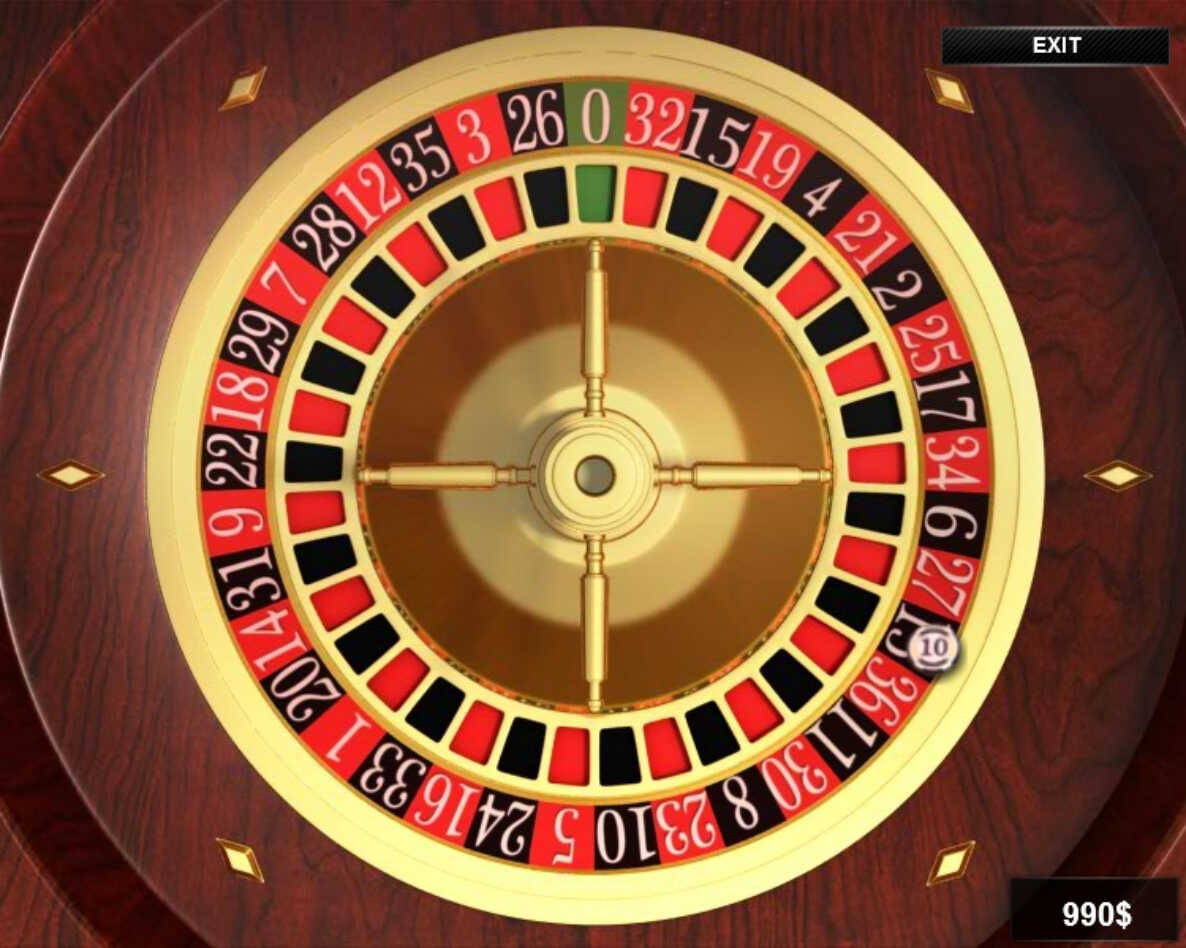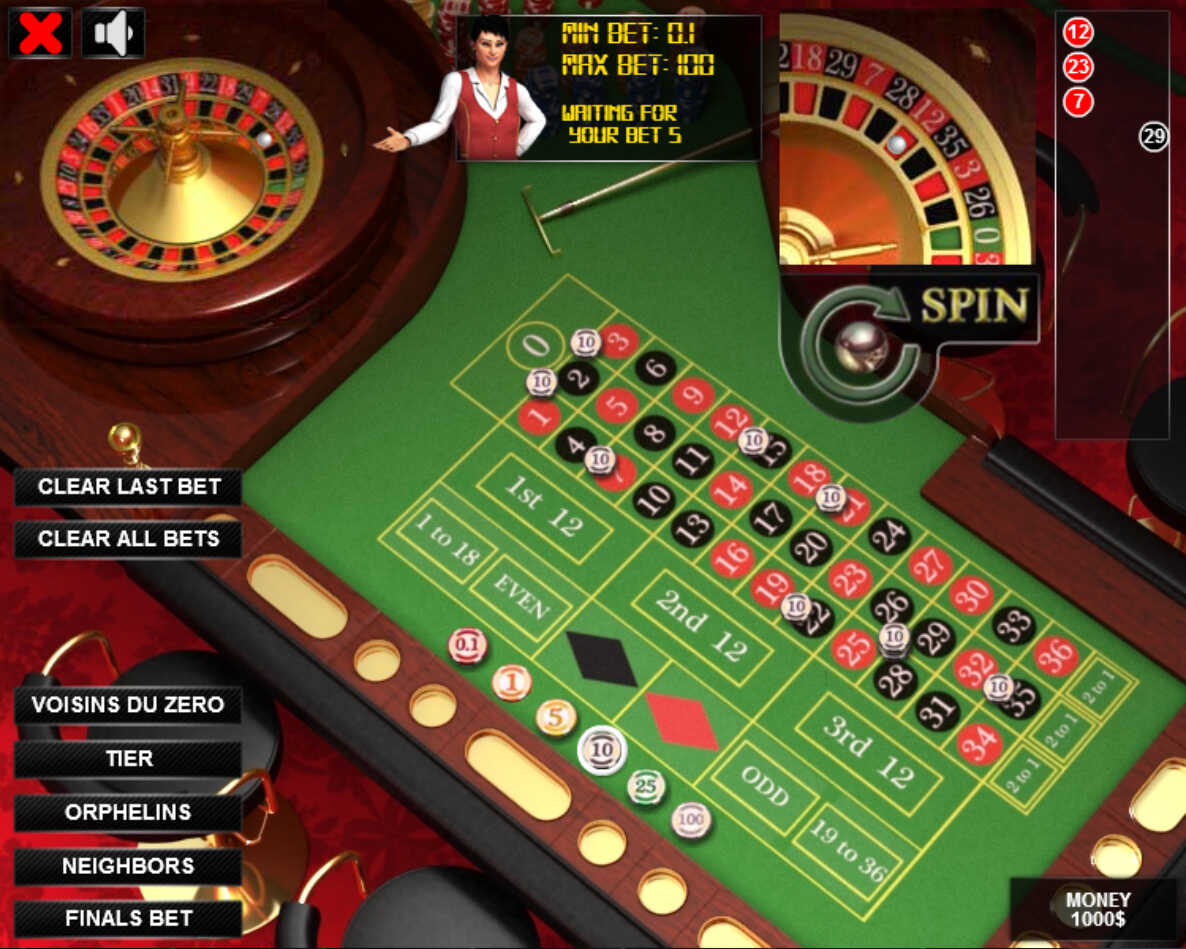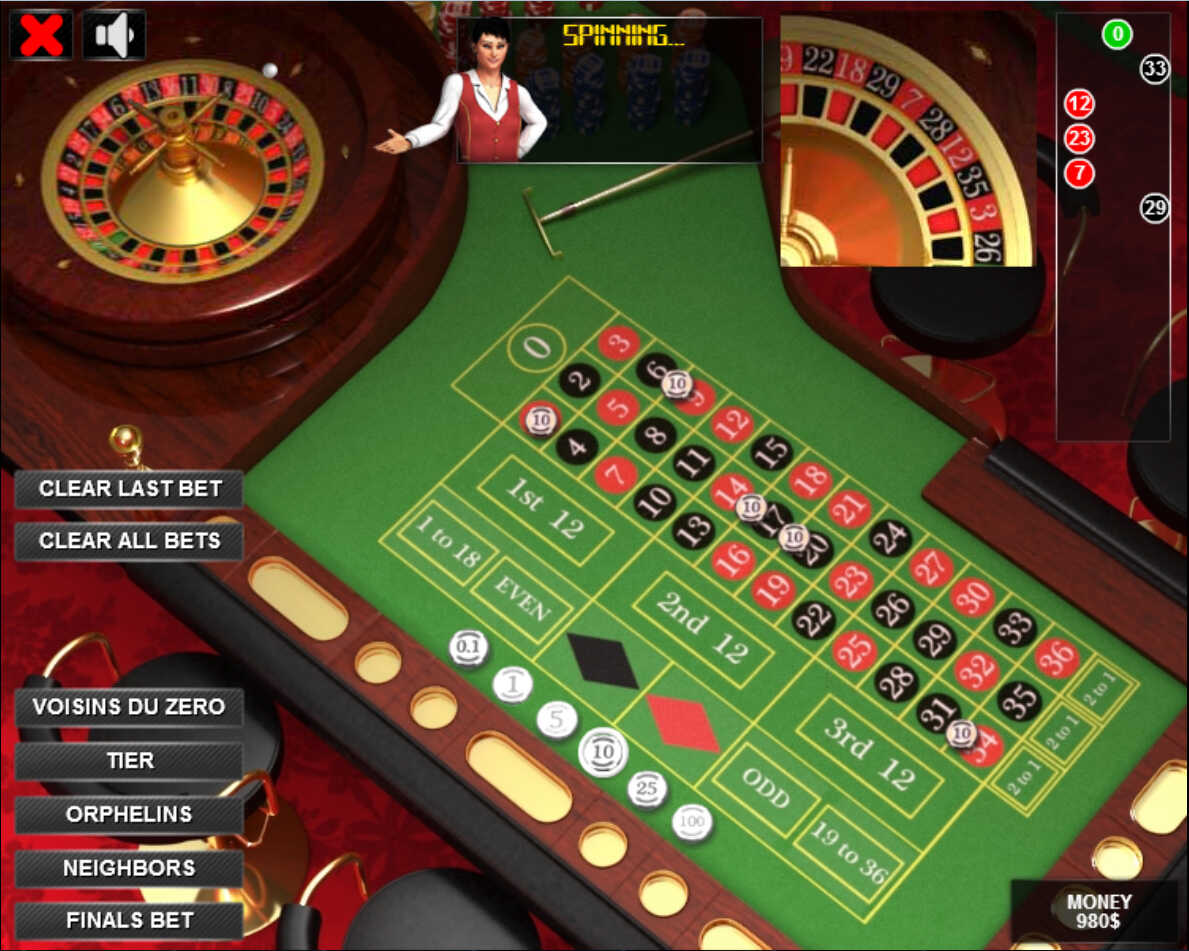Introduction
Roulette is a casino game named after the French word meaning little wheel which was likely developed from the Italian game Biribi. In the game, a player may choose to place a bet on a single number, various groupings of numbers, the color red or black, whether the number is odd or even, or if the numbers are high (19–36) or low (1–18).
How to Play and Rules of European Roulette
Roulette players have a variety of betting options. Placing inside bets is either selecting the exact number of the pocket the ball will land in, or a small range of pockets based on their proximity on the layout. Players wishing to bet on the 'outside' will select bets on larger positional groupings of pockets, the pocket color, or whether the winning number is odd or even. The payout odds for each type of bet are based on its probability.
The roulette table usually imposes minimum and maximum bets, and these rules usually apply separately for all of a player's inside and outside bets for each spin. For inside bets at roulette tables, some casinos may use separate roulette table chips of various colors to distinguish players at the table. Players can continue to place bets as the ball spins around the wheel until the dealer announces "no more bets" or "rien ne va plus".
Settling Bets
When a winning number and color is determined by the roulette wheel, the dealer will place a marker, also known as a dolly, on that winning number on the roulette table layout. When the dolly is on the table, no players may place bets, collect bets, or remove any bets from the table. The dealer will then sweep away all other losing bets either by hand or by rake, and determine all of the payouts to the remaining inside and outside winning bets. When the dealer is finished making payouts, the marker is removed from the board where players collect their winnings and make new bets. The winning chips remain on the board.
Source and further information about European Roulette can be found here : https://en.wikipedia.org/wiki/Roulette


 (6 votes, average: 4.33 out of 5)
(6 votes, average: 4.33 out of 5)




